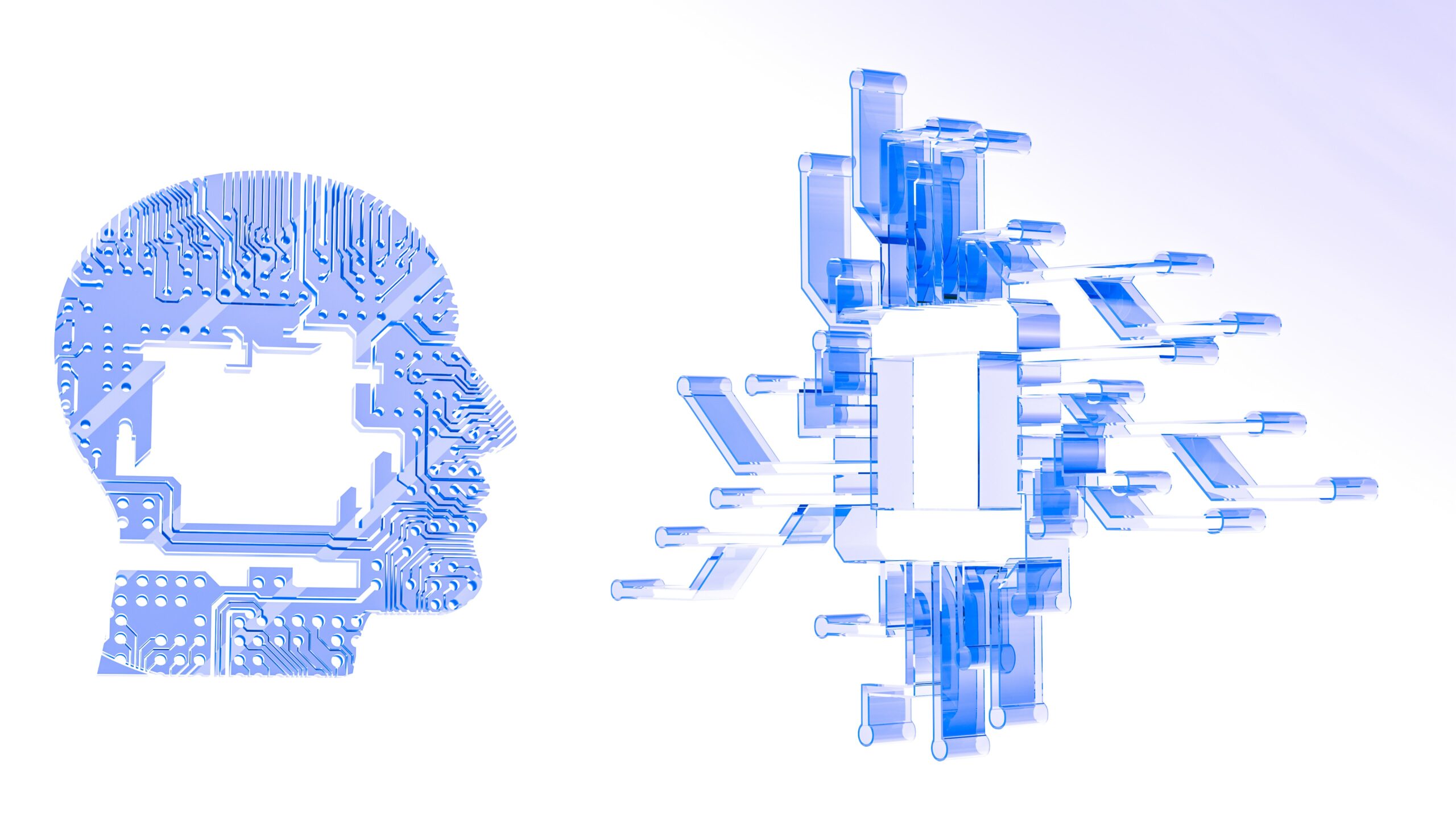AI is reshaping industries through automation, delivering immense value to businesses while positively impacting society. Let’s explore how AI automation is transforming the landscape.
Types of AI Automation
- RPA (Robotic Process Automation): Software robots handle repetitive tasks, reducing errors and freeing up human resources for strategic work.
- Chatbots and Virtual Assistants: AI chatbots offer round-the-clock customer service, enhancing satisfaction and operational efficiency. These virtual helpers are available 24/7, offering instant responses to customer queries and helping with tasks like appointment scheduling.
- Data Analysis: AI extracts insights from large datasets, enabling data-driven strategies and informed decisions.
- Content Generation: AI automates content creation, maintaining quality and consistency in marketing and communications. Content creators can focus on refining ideas and concepts, while AI handles the groundwork.
- Image and Video Analysis: AI’s image and video analysis capabilities have applications in various fields, such as healthcare, security, and marketing. AI detects objects, analyzes emotions, and improves security and decision-making.
Business Value
AI automation provides businesses with:
- Efficiency: Streamlined processes lead to increased productivity and reduced operational costs.
- Customer Satisfaction: AI-enhanced interactions improve customer experiences, fostering loyalty.
- Data-Driven Insights: Automated analysis helps identify trends and opportunities for agile decision-making.
Positive Impact on Humanity
AI automation extends beyond business, offering:
- Job Enhancement: AI augments human capabilities, creating more fulfilling and creative work.
- Healthcare Advancements: AI accelerates medical research and personalized treatments.
- Environmental Sustainability: AI optimizes resource management, reducing waste and energy consumption.
- Accessibility and Inclusivity: AI tools enhance accessibility for people with disabilities.
In conclusion, AI-driven automation is a powerful force driving efficiency and human progress. By embracing its potential, we pave the way for a brighter, more equitable future.



